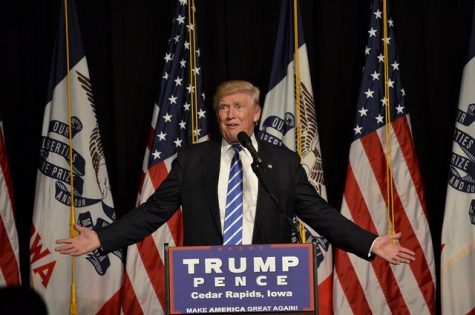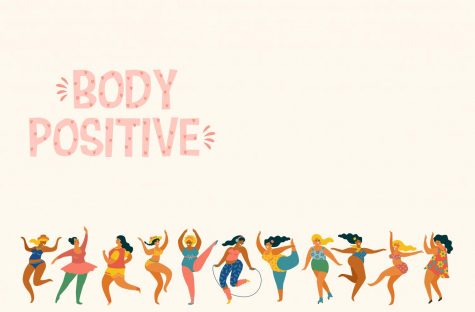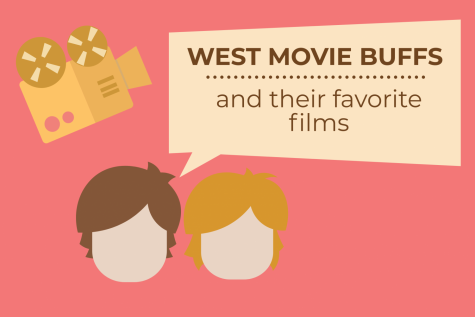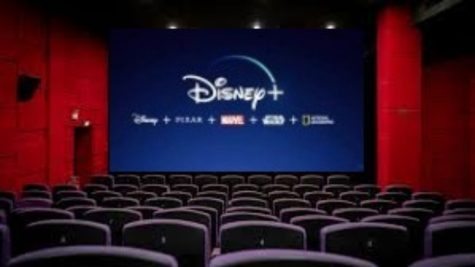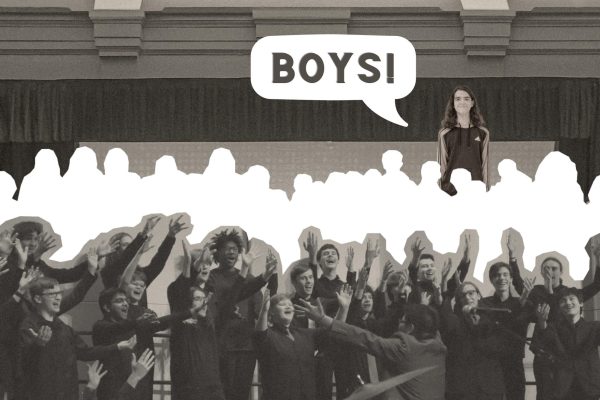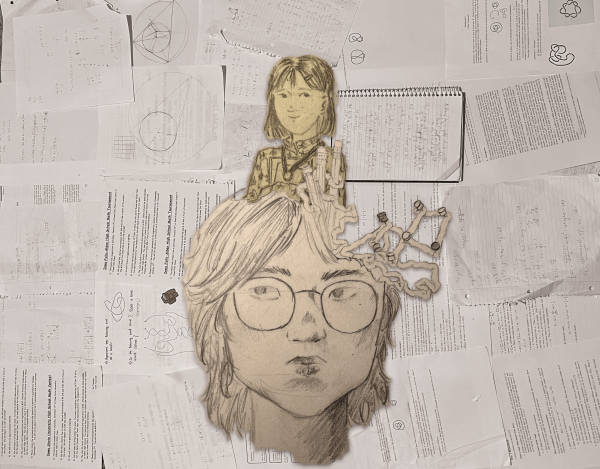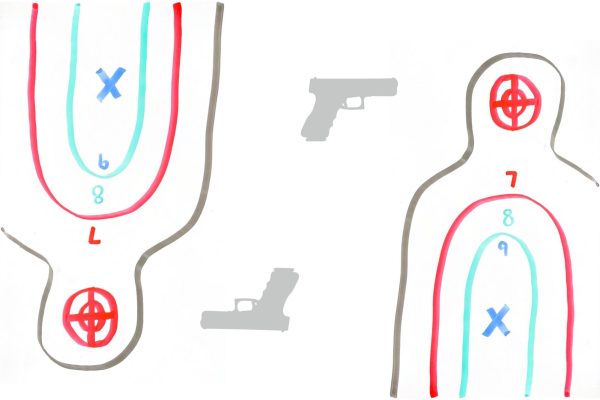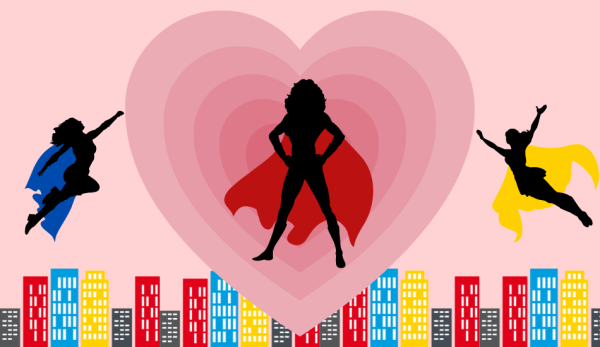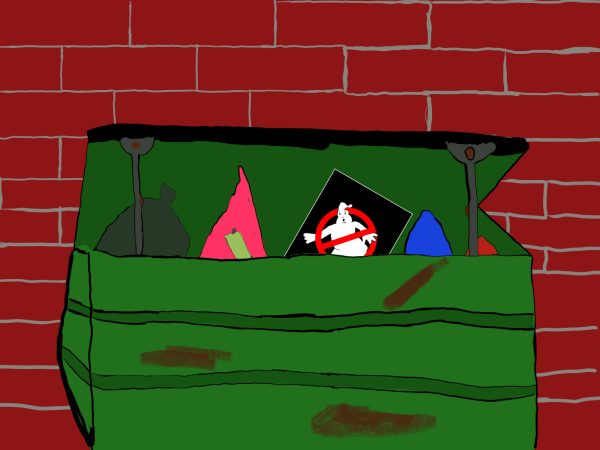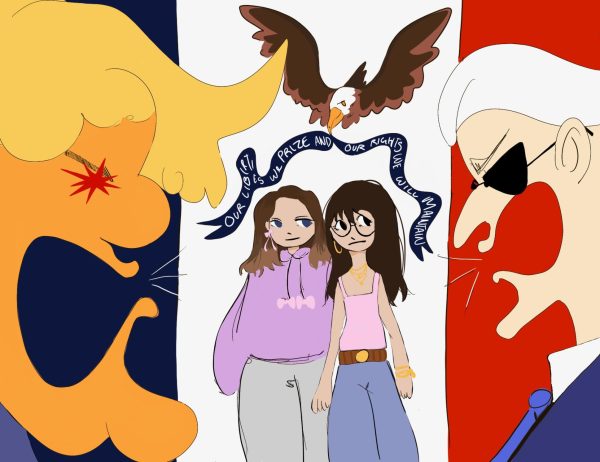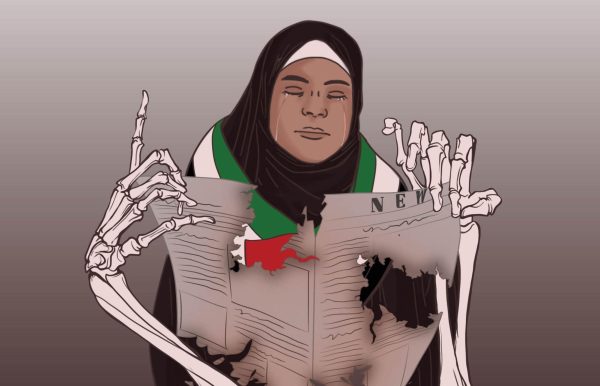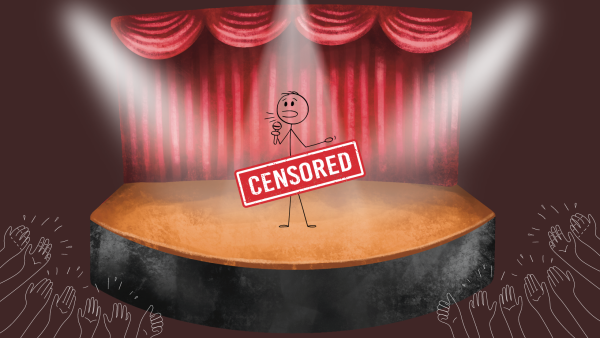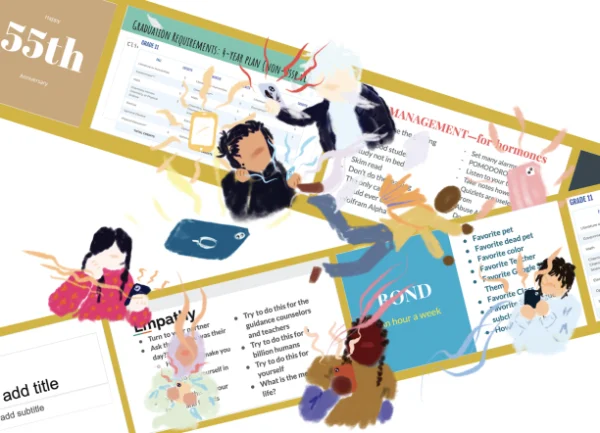‘Luca’ and Disney’s problems with LGBTQIA+ representation
Opinion Editor Renee Gould ‘22 shares some of the issues with “Luca” and Disney’s history when it comes to representing LGBTQIA+ people.
“Luca” is a recent Disney film directed by Enrico Casarosa, released in June, and has caused some problems with it blatantly drawing from LGBTQIA+ people’s stories and lives; only for Casarosa to shut this down by saying, “I was really keen to talk about a friendship before girlfriends and boyfriends come in to complicate things.” While yes, the friendship is well-done and important; the sheer number of allegories to being LGBTQIA+ makes the knowledge that Casarosa is very specifically not making “Luca” a story of being LGBTQIA+.
Spoilers ahead!
The movie is about a sea monster, Luca, who longs to go to the surface. The entirety of his life underwater hit home hard. The suffocation of living under the surface, of living in a closet, the fear of being discovered, the fascination of the world outside. And his parent’s fear. Luca’s parents are deeply afraid of the surface; they consistently warn him that humans are hostile and cruel to sea monsters, they tell him that humans will see his differences and therefore not accept him. And later on in the film; his parents are willing to send him to ‘the Deep’, a place that is a direct parallel to conversion therapy, to attempt to keep him safe.
When he first comes to the surface, he is hesitant. He has to be literally dragged out. It is a clear allegory for coming out; the fear that comes with it. The realization that this is who you are is painful. It’s scary. And Luca’s fear of his human form perfectly mirrors this. This is where Alberto comes in. Alberto is another sea monster living as a human above water. Alberto and Luca quickly become close friends, and clearly love living on land; a passion for being out. They dream of traveling the world and simply existing as they are and enjoying life.
Soon after this, they venture into a human town. Symbols of sea monsters as terrifying ‘others’ and glorifying their murder are everywhere in the town; this is a very real thing for many LGBTQIA+ people. Though this then goes into the main storyline of friendship with a human girl, Giulia, and finding acceptance in a biased community. However, I want to go over three scenes that really got to me and showcase that this film is using the experiences of LGBTQIA+ people.
First of all; when Alberto shows himself to be a sea monster. This moment, where Alberto ‘comes out’ as a sea monster hits so clearly to me. I instantly understood and I felt it. His desperate want for things to be as they were before; when he and Luca could be themselves without fear, and Luca’s betrayal. Luca using his ability to pass as a human to not also be outed by Alberto. And then him even contributing to Alberto’s abuse and persecution. I understood both of them. Luca desperately wanted to fit in. He wanted to avoid the violence that came from being out. And that moment when he points and yells “sea monster”, it hurts. It hurts because I understood. I can still remember telling my parents “I’m straight,” when I knew very well that I was not. I can remember the fear, and the guilt of it. I understood Luca’s urge to fit in, to be safe, even if it meant throwing Alberto under the bus. I’ve been Luca. But I also felt Alberto’s pain. He thought that Luca would stand by him. But instead? He’s alone. And Luca is engaging in his persecution. This again strikes home for so many LGBTQIA+ people. The knowledge that sometimes not even other LGBTQIA+ will stand by you, especially when there is an angry mob that wants to kill you. It conjures memories of hiding pride flags in tote bags. Of desperately rubbing off pride facepaint. Of peeling off rainbow stickers. The violence Alberto faces, the hunt to kill him, is an all-too-real possibility for LGBTQIA+ people. It is real for some LGBTQIA+ people.
It was a moment where I couldn’t help but think finally. Finally, there’s a representation of these three real and valid and beautiful types of relationships.
The scene where we see Luca, Alberto, Luca’s parents, and the two elderly ladies already in the town, as being sea monsters (sadly I cannot find a clip of this online, but it occurs around the 1:19:30 timestamp). This scene is pretty short, only a minute or so at the end of the movie. But had this been a movie seeking to share the stories of LGBTQIA+ people, this moment would’ve been one of exceptional acceptance. On my first watch-through, I had watched Luca with no real knowledge of this movie in the slightest. I hadn’t even really seen the trailers. I just saw the title pop up on Disney+, and decided to watch it. And this moment? I almost burst into tears. A moment of solidarity of these six people. The two elderly ladies send a clear message; we’re here. We’ve always been here. The representation of three valid LGBTQIA+ relationships; Luca and Alberto representing a gay relationship, the two elderly ladies representing a lesbian relationship, and Luca’s parents representing a straight-passing relationship between two LGBTQIA+ people. And I couldn’t help but smile. It was a moment where I couldn’t help but think finally. Finally, there’s a representation of these three real and valid and beautiful types of relationships. Of course, I was aware that Luca and Alberto weren’t meant to be a couple, they’re kids. They’re friends. But I still felt it. The acceptance in that scene. The knowledge that we’re here. We’ve always been here. We are valid exactly as we are. We are allowed to exist. We are allowed to love who we want to.
The final scene (1:20:00) I want to go over is right near the very end of the movie, and is a handful of lines spoken by Luca’s grandmother. “Some people will never accept him. But some will. And he seems to know how to find the good ones.” This almost screams the experience of LGBTQIA+ people. We live every day knowing that some people will simply never accept our existence. That they will hate us. What gives us hope is the few who do accept us. The communities built with other LGBTQIA+ people and our allies. This was yet another moment where, in my first time watching, I nearly cried. This movie didn’t end with ‘and then everything was fine and everyone was accepting’, as is so common among Disney movies. It very specifically says that not everyone is accepting. That it won’t always be fine. But that there is still hope. There are still accepting people. There are still places for Luca, for LGBTQIA+ people to exist and be happy as who they are. At the time, this line hit me like a steamroller. It was even played over Alberto and Luca, as their sea monster forms, playing happily with Guilia. It felt like a beautiful allegory for the pain and the hope of being out of the closet.
And then… just as I finished this movie, tearful and happy and content knowing that the story of so many LGBTQIA+ people had now been shared, and by such a large company, I went to see who worked on it. I wanted to watch more of what they’d put out. And then? I saw it. All the times Casarosa had said that it was not a story for LGBTQIA+ people. And it hurt. It still hurts. These scenes I mentioned above hurt. Casarosa made a film with so many moments LGBTQIA+ people can empathize with, moments we have lived, and then comes back to tell us that this movie was never meant for us. Honestly? It feels like a betrayal. Part of me is angry. This is a story taking key moments for my life, from other LGBTQIA+ people’s lives, and then Casarosa is demanding that we do not see them as an integral part of the LGBTQIA+ experience. I will say here that I do not think Casarosa is at fault in the slightest. He made an absolutely beautiful, very well-done movie that moved many in its audience to tears. I think this is, yet again, Disney’s fault. But I’ll get into Disney and the LGBTQIA+ community’s relationship soon. Even still, this hurts, and it makes me really angry. But then again, a part of me is still really happy. How many little kids are going to watch this and feel at peace? Are going to feel validated in who they are? I think this movie is still going to do a lot of good. And honestly, the LGBTQIA+ community has claimed it as ours so that means it’s ours. Take that Disney!
This leads me to the next topic of discussion, Disney and the LGBTQIA+ community. Disney has had a lot of ‘first LGBTQIA+ characters’. From Officer Specter in “Onward”, Loki in “Loki”, and so many other characters that the LGBTQIA+ community has just claimed (Shang as bisexual in “Mulan”, Elsa as asexual in “Frozen”, Raya and Namaari from “Raya and the Last Dragon”, the list goes on). Loki’s coming out in Loki is generally well-liked, though it does feel a bit like a throwaway scene. A single line among thousands. But still a whole lot better than I thought it was going to be.
And now, I want to basically just praise one of Disney’s recent shows; “The Owl House” (minor spoilers ahead for “The Owl House”!). It’s by Dana Terrace, a proud bisexual. The show’s main character is Luz Noceda, a bisexual Latina. And in season two of the show, Luz starts dating Amity Blight, putting their lesbian relationship directly into the story. I honestly think this is LGBTQIA+ representation done correctly. There is no major in-story fuss about two women dating. Even Eda Clawthorne (one of Luz’s mother-figure) has the bisexual flag splattered about her home and belongings in the form of stickers. Then there is Raine Whispers, introduced in season two, who is canonical non-binary! This is also not made a big deal of in-story, with all characters using Raine’s they/them pronouns but otherwise just letting Raine exist as a non-binary character. Raine is also voiced by Avi Roque, a trans and non-binary actor! It’s also just a great show in general. That just happens to have a lot of good representation. It gives me hope.
It gives me hope.
Anyway… Disney has not had a good track record of LGBTQIA+ characters. They have definitely gotten better in plenty of other areas, but it still feels rather lacking. The general consensus is that Disney has not done much for representing LGBTQIA+ people and their experiences. “Luca” felt like the moment they finally would, only for this to be yet another disappointment.
Your donation will support the student journalists of West High School. Your contribution will allow us to purchase Scholarship Yearbooks, newsroom equipment and cover our annual website hosting costs.
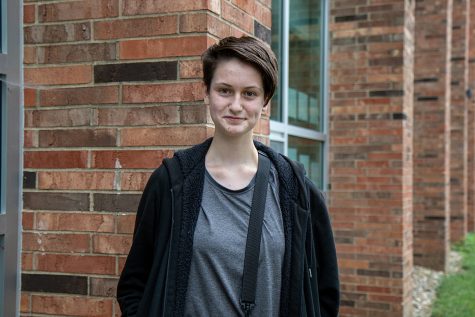
(all) Renee Gould is a senior at West, it is their third year on staff and is currently the opinion editor for the online publication.


